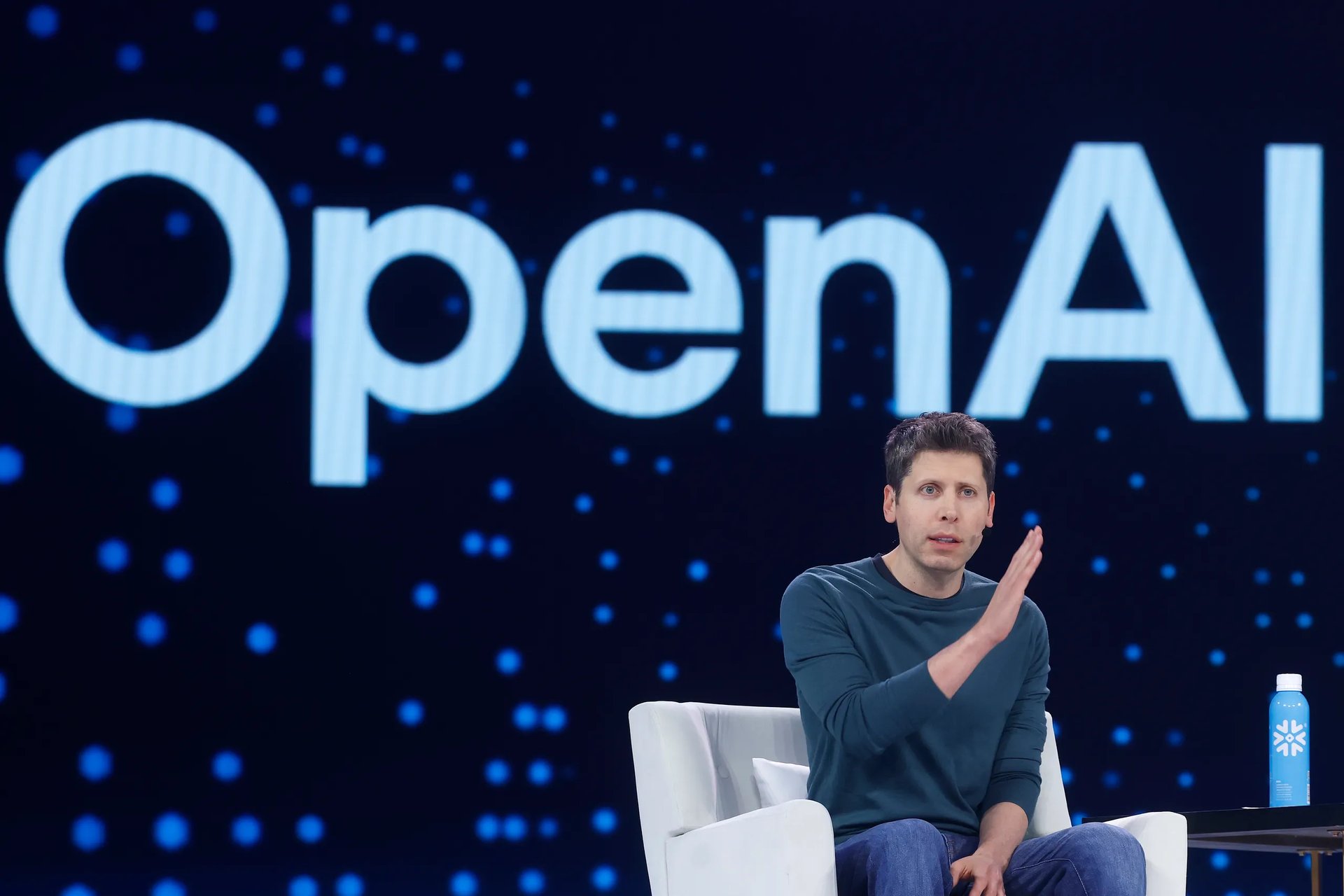
OpenAI's Codex Is Now Writing Production‑Ready Code. 90% of Developers Say It Feels Like Magic
OpenAI’s Codex (released 2025) can autonomously write features, fix bugs, run tests, and propose pull requests, now available to Pro, Team, and Enterprise users
In May 2025, OpenAI released the newest generation of Codex, and it’s not just a coding assistant anymore, it’s a co-creator. With the ability to write full features, fix bugs, run tests, and propose pull requests, Codex is rapidly becoming a staple in production environments across the world.
From Autocomplete to Autonomous Developer
Two years ago, Codex was the underlying engine behind GitHub Copilot, helping developers autocomplete code blocks. Now, in 2025, it has grown into a powerhouse that not only finishes code but also initiates it.
Codex is capable of autonomously:
Writing and deploying new software features.
Debugging existing functions based on error logs.
Executing unit and integration tests.
Reviewing code and generating pull requests with descriptive notes.
And it doesn’t stop there. With integrations into tools like Visual Studio Code, GitHub, and Azure DevOps, Codex can now manage full development cycles—becoming the right hand of every engineering team.
Magic or Mastery? Developers Weigh In
In a global 2025 survey conducted by Developer Pulse and OpenAI, over 90% of Codex users reported that the tool “feels like magic.” Not because it’s flawless, but because of the sheer time saved. One respondent said, “It’s like having a junior dev who never sleeps and doesn’t complain about late nights.”
Engineers are seeing productivity boosts of 2x–4x depending on their workflow. More importantly, teams report fewer bugs making it into production due to Codex’s rigorous test suite suggestions.
But developers aren’t just impressed—they’re relieved. Codex handles boilerplate logic, API integration, and legacy code maintenance with shocking accuracy, freeing up humans for creative and architectural tasks.
What It Means for Business
Companies integrating Codex are already seeing measurable impact:
Reduced time-to-market by up to 35%.
Lower costs in QA and debugging cycles.
Higher developer satisfaction and lower burnout.
Enterprise uptake is accelerating. Microsoft, Salesforce, and Siemens have already confirmed Codex usage across internal toolchains. Even mid-sized firms are jumping in, using Codex’s Enterprise plan to scale faster with fewer hires.
The Future of Software Has Arrived
With Codex now available to Pro, Team, and Enterprise users, OpenAI is making a bold statement: AI isn’t coming for developer jobs. It’s transforming them.
Expect to see Codex-powered development embedded in everything from mobile app design to cloud security automation. And the best part? It’s constantly learning.
In the words of one senior engineer at SAP, “Codex doesn’t just feel like magic. It redefines what productivity looks like in software engineering.”
Sources:
OpenAI Codex Product Page (2025 Release)
Developer Pulse Global Survey Report (June 2025)
Microsoft Build Keynote Archives (May 2025)
GitHub Copilot Developer Feedback Forum (2025)
By Maria Johansen, owner and editor of KunsultBiz. 24.06.2025


info@konsultbiz.com
© 2025. All rights reserved.
Disclaimer: All articles represent the author’s views. Although efforts are made to ensure accuracy, no liability is accepted for any errors or misstatements. Please contact us immediately if corrections are needed before taking any legal or public action.


